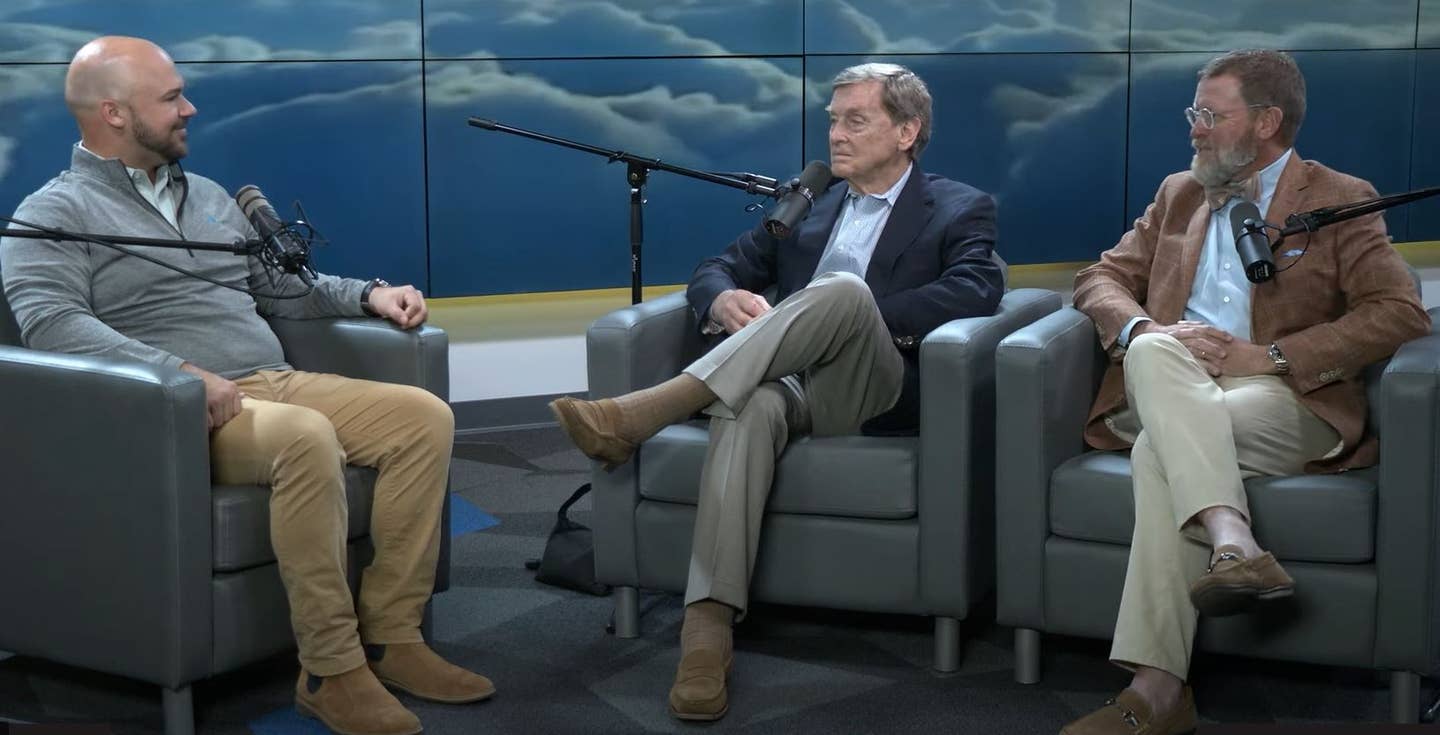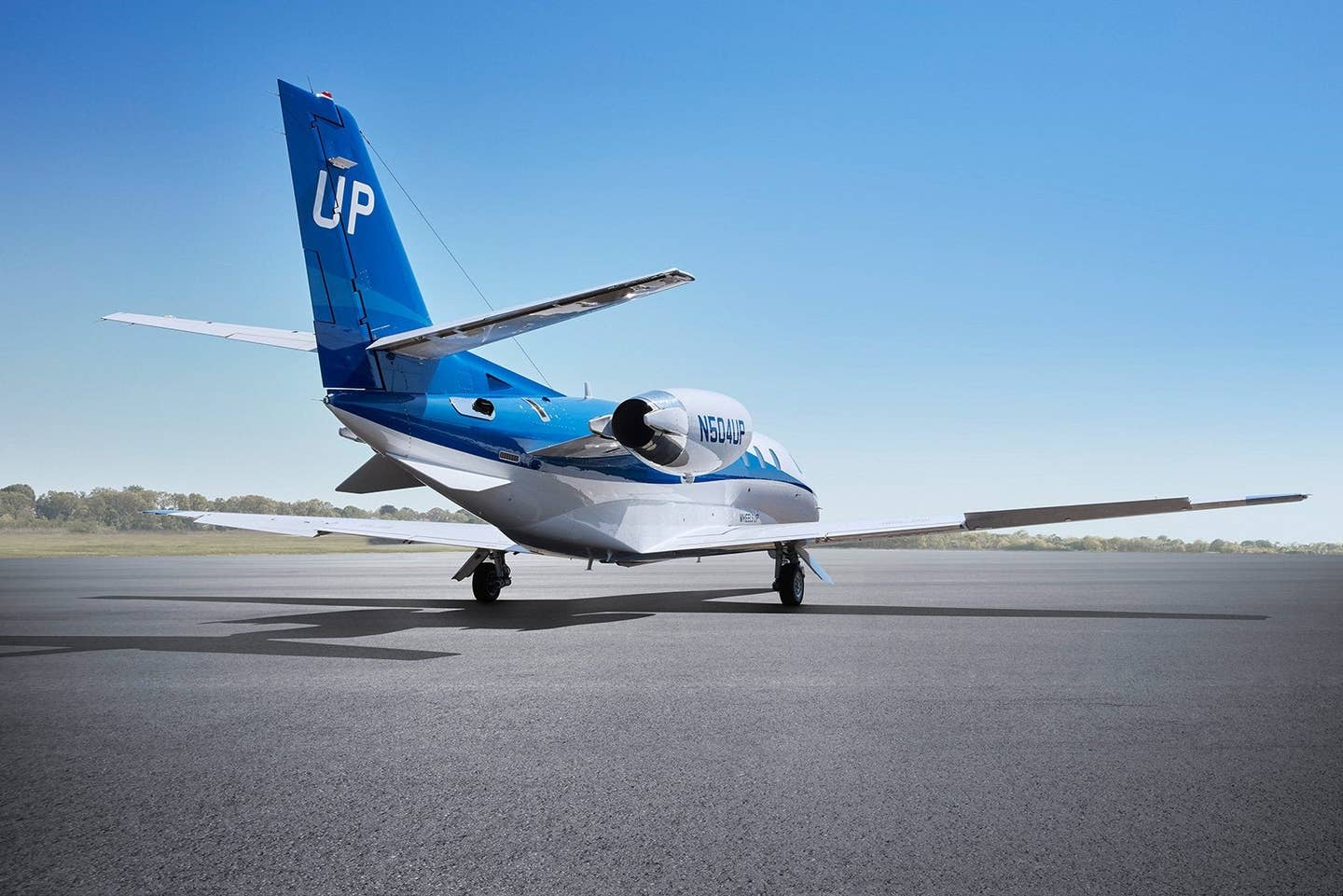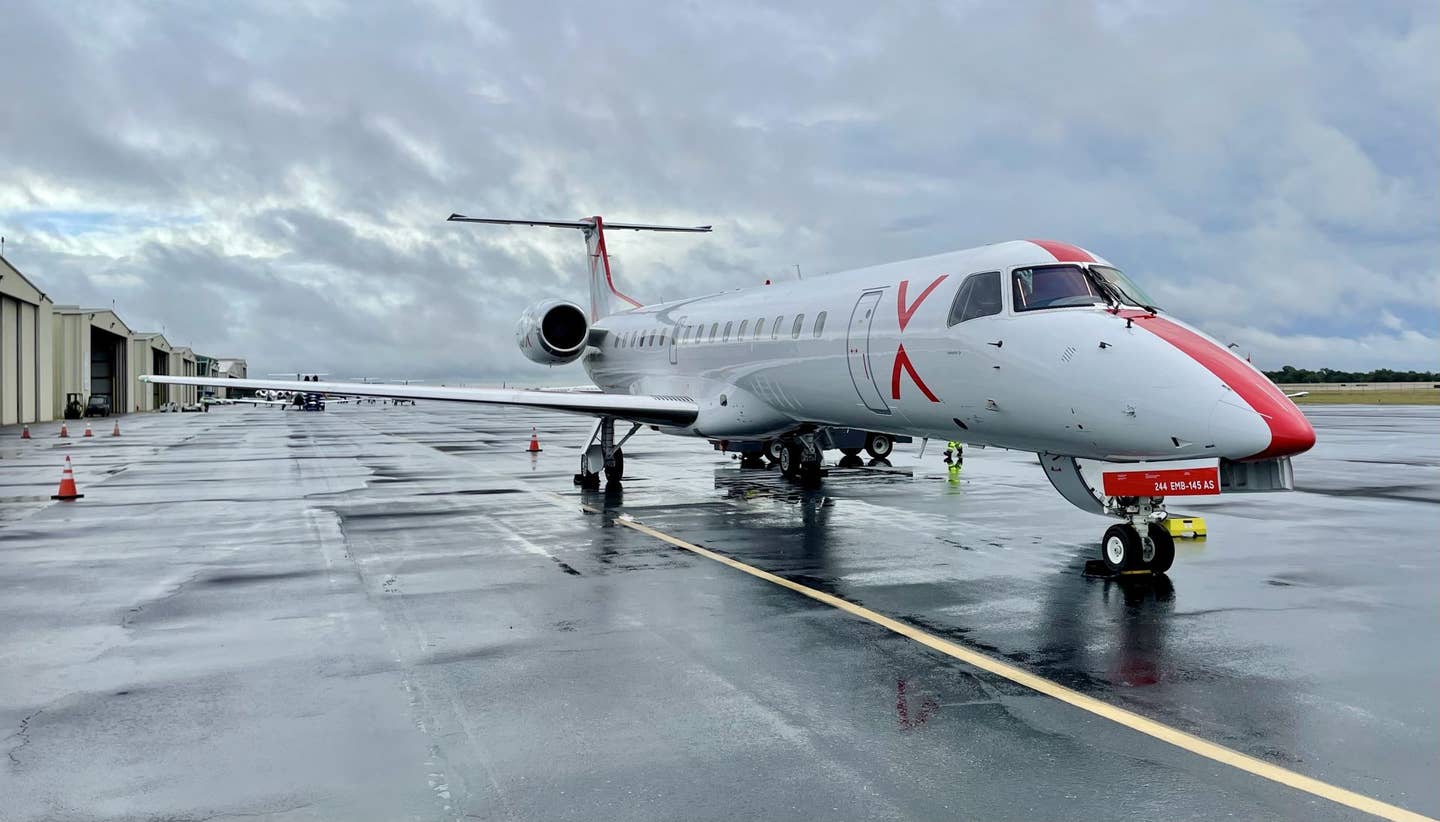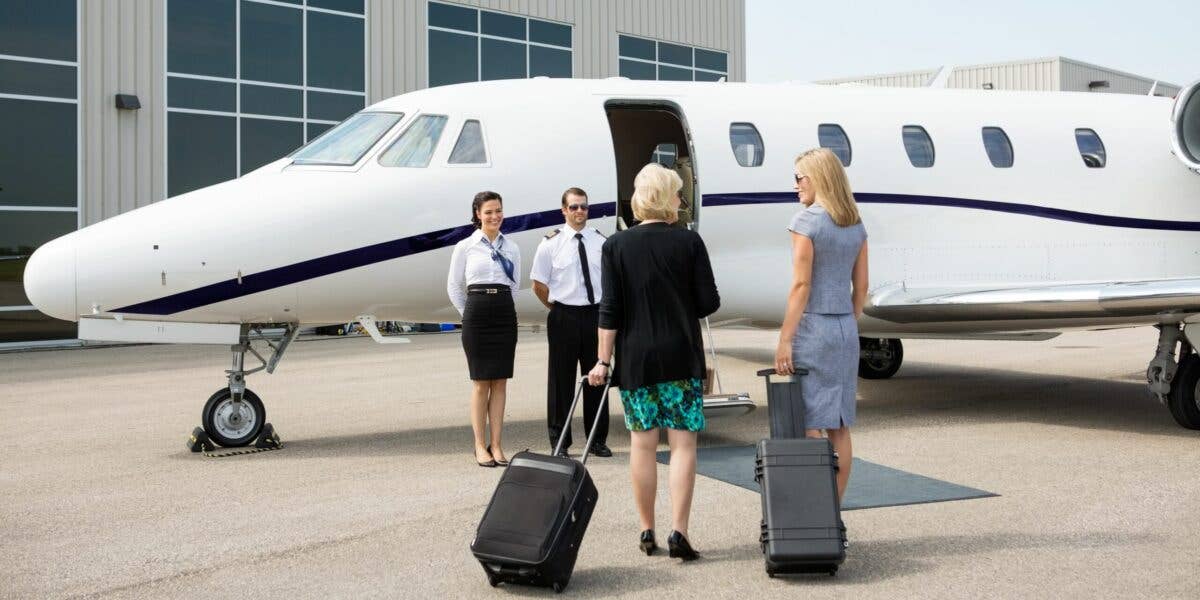Aircraft Deliveries Up in Q3 Across All Segments: GAMA
Aircraft manufacturers have delivered 1,841 aircraft since the beginning of the year, according to The General Aviation Manufacturers Association’s (GAMA) third-quarter shipping and billing report.
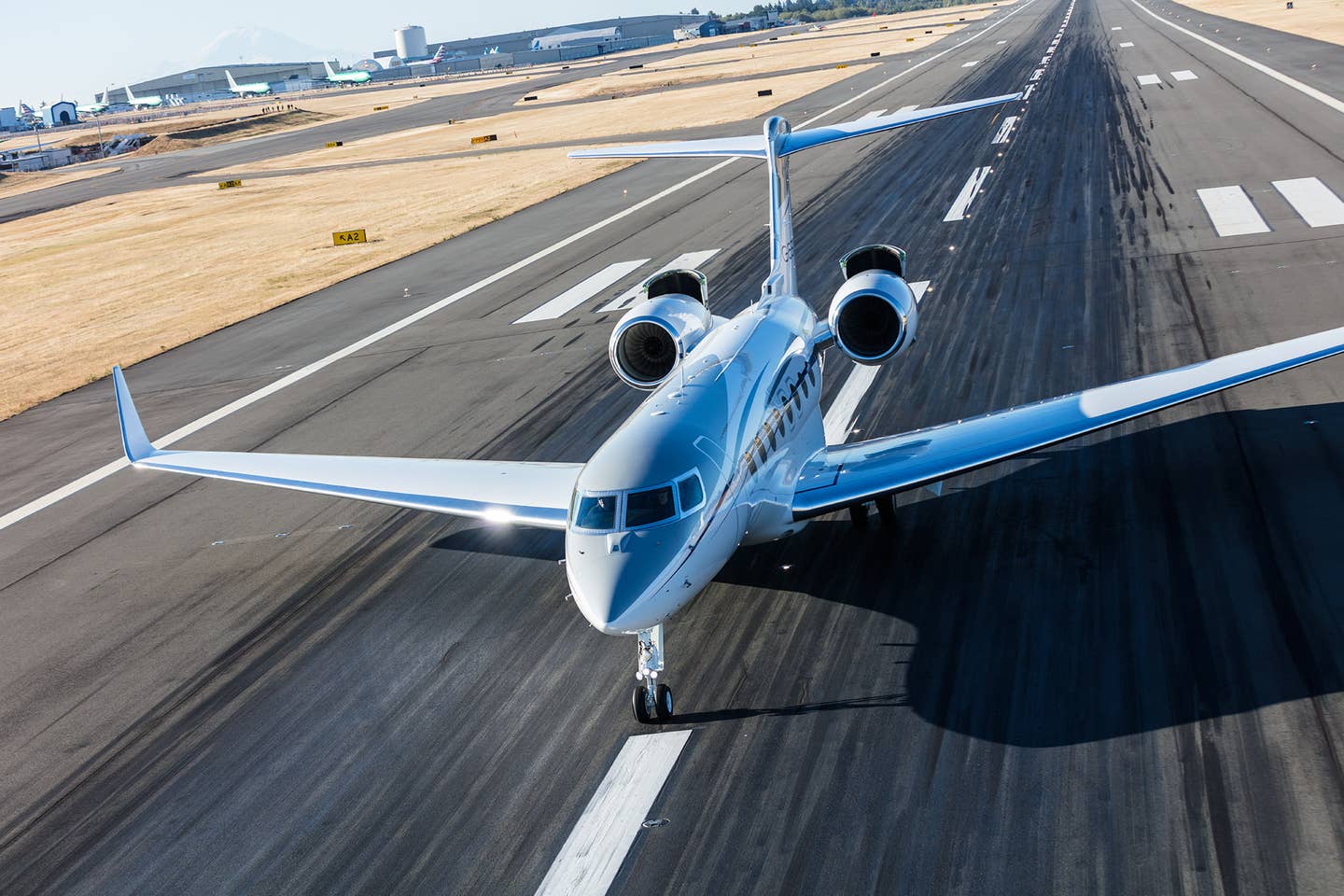
The value of airplane deliveries through the third quarter of 2022 was $14.1 billion, an increase of approximately 4.8 percent. [Photo Courtesy: Gulfstream Aerospace]
Aircraft manufacturers have delivered 1,841 aircraft so far this year, representing an increase in deliveries across all segments, according to the General Aviation Manufacturers Association's (GAMA) third-quarter shipping and billing report.
The delivery trend also points to an increase in the overall value of the aircraft shipments, the association said in a statement.
Through the third quarter, piston airplane deliveries increased 8.8 percent with 1,012 units, turboprop numbers increased 7.3 percent with 383 units, and business jet shipments increased 1.8 percent with 446 units, according to GAMA.
Altogether, the value of airplane deliveries during that period increased nearly 4.8 percent, up to $14.1 billion. The helicopter market also experienced a demand increase, with OEMs shipping 137 piston helicopters—representing a 3.8 percent increase—and 439 turbine units, a 7.1 percent increase.
"Demand for general aviation aircraft remains hardy as our industry continues to strategically navigate ongoing challenges, which include issues with supply chain and workforce shortages within our industry and within global regulatory authorities," GAMA president and CEO Pete Bunce said. “Deliveries are converging on and, in some cases surpassing the levels, we were experiencing prior to the pandemic, which is a testament to the strength of our industry and the importance and utility of general and business aviation.”
Supply Chain Woes, Workforce Shortages
In recent third-quarter reports made by various OEMs, similar threads have emerged: persistent workforce shortages and supply chain challenges are preventing them from shipping more units.
Earlier this week, Embraer (NYSE: ERJ) said some of the constraints it faced were "affecting the availability of spare part inventories, delaying repair turnaround time, and increasing the quantity of back-ordered items." Moreover, Embraer CEO Francisco Gomes Neto told investors those things would make it hard for the company to meet its 2022 goal of delivering 60 executive jets.
Similarly, Textron (NYSE: TXT), Bombardier, and Boeing (NYSE: BA) said the supply chain issues pinched their third-quarter revenue.
Important Milestones Ahead
"We must focus on training the regulator workforce and leveraging bi-lateral safety agreements between regulatory bodies to improve both certification and validation processes," Bunce pointed out. "At the same time, our industry will continue to foster the momentum we have created on addressing environmental issues, which includes advancing technology that improves efficiencies of aircraft and operations; supporting the production, distribution, and uptake of SAF; and further developing hydrogen, electric and hybrid propulsion—all of which are important to meeting our business aviation commitment of net-zero carbon emissions by 2050."
His sentiments match that of other aviation leaders who, during the third quarter, urged lawmakers and other stakeholders to do all they can to improve the regulatory process for certifying emerging technologies and improve sustainable offerings for the industry or risk disruption.
In September, JetNet CEO Greg Fell issued a call to arms on Sustainability during the JetNet iQ Business Aviation Summit in New York City. "We must be leaders in adopting sustainable aviation fuels and carbon offsets," Fell said during one of the event's sessions.

Subscribe to Our Newsletter
Get the latest FLYING stories delivered directly to your inbox


